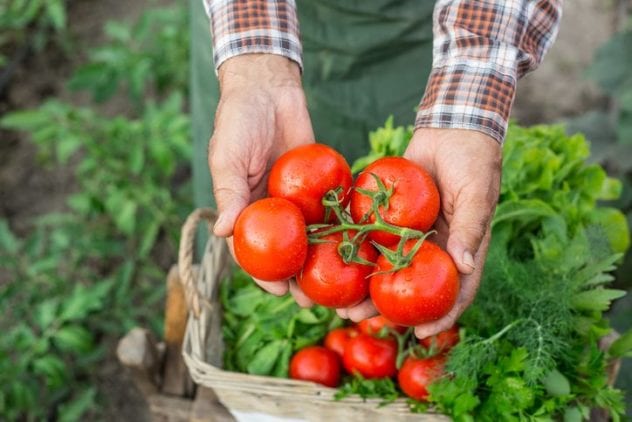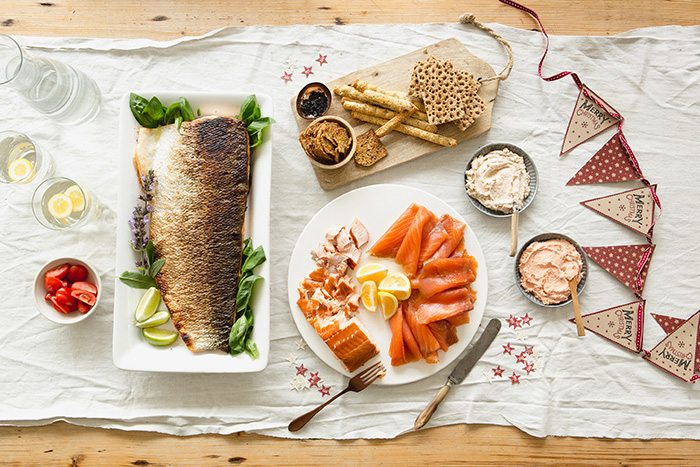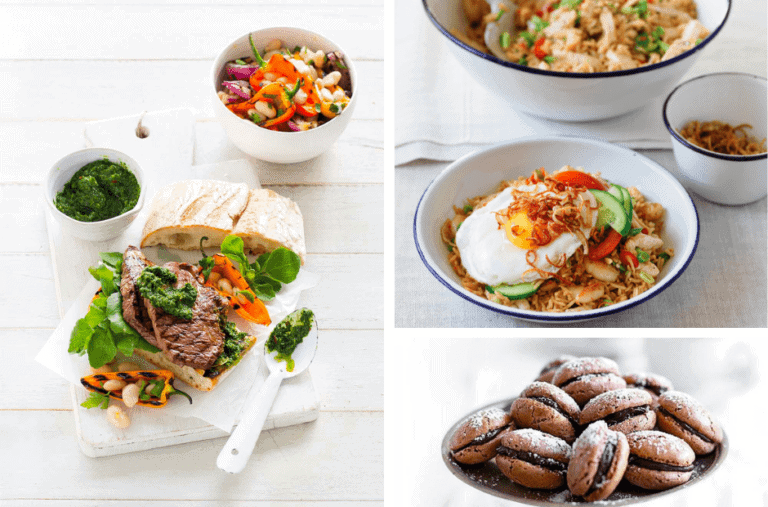“We noticed a real trade down from Champagne to sparkling wines,” said Chris Adams of New York’s Sherry-Lehmann Wine and Spirits.
Shipments of Champagne worldwide plunged almost 35 per cent for the first nine months of the year, according to the Comite Interprofessionnel du Vin de Champagne, the champagne producers’ professional body.
In Britain total shipments were down almost 32 per cent, while in the United States they plummeted more than 41 per cent,
Prices on non-vintage Champagnes have come down a bit in price in the United States, but are still from one-third to four times as much as their Italian, Spanish, French counterpart.
For consumers looking for something of equal quality, but less pricey, the answer may be in northern Italy and the Trentino region home to Ferrari Spumante, says to Wink Lorch, who writes the online winetravelguides.com.
Its Giulio Ferrari 1997 made from hand-harvested Chardonnay grapes and in the traditional Champagne method, it sells for about two-thirds the price of its tete de cuvee French cousins.
Italy’s answer to Champagne is Franciacorta. The hand-harvested grapes used are Chardonnay, Pinot Blanco and Pinot Nero and the wines are also made in the same method as Champagne.
Most of the producers are small, family-run operations and there is only about 5,000 acres under cultivation, as opposed to the 80,000 acres in Champagne.
Ed McCarthy, editor of the Wine Review Online and co-author of the book “Wines for Dummies,” recommends producers Bellavista and Ca’ del Bosco. British wine writer Hugh Johnson suggests Cavalleri and others recommend Lantieri de Paratico and Villa Franciacorta.
Across Lake Garda is the home of Prosecco. Typically light-bodied, fruity and less crip than Champagne, the best ones have come traditionally from the Conegliano Valdobbiadene area. It is made using the Charmat method, in which the grapes undergo a second fermentation in tanks.
Top producers include Bisol & Figli, Adriano Adami,and Mionetto, writes Karen MacNeil in “The Wine Bible”. Other wine writers add Maschio dei Cavalieri, Nino Franco and Zardetto to list.
Spain’s sparkler is Cava. Its main grapes are Macabeo, Parellada and Xarel-lo and the vast majority of the wine comes from the Catalonia region.
Pale gold in color with the aromas of toasted bread and citrus fruit, the producers also use the Champagne method. As in Prosecco, it pays to spend just a tad more to get a much better quality wine, said wine critic Doug Frost.
Joan Sanda, Agusti Torello, Montsarra, Segura Viudas and Raventos i Blanc are among the region’s top producers.
Champagne is not the only region in France that makes sparkling wines. Cremant d’Alsace, Cremant de Limoux, or Cremant de Jura also provide good alternatives.
Some of Champagnes’ major houses also own vineyards in California, Chile, Argentina and Brazil and produce sparkling wines that are quite good and, because of the exchange rate and transportation costs, less expensive.
And as Robin Goldstein and Alexis Herschkowitsch reveal in the 2010 edition of their book The Wine Trials most Americans again preferred Domaine Ste. Michelle Brut from Washington State, over both Dom Perignon or Veuve Clicquot in blind tastings.
There are many other sparklers – Sekt from Germany, Spumante from Italy and Shiraz from Australia. The important thing to remember about drinking sparkling wine is that it’s not so much what’s in the glass as who is holding it. Cheers.
Reuters






